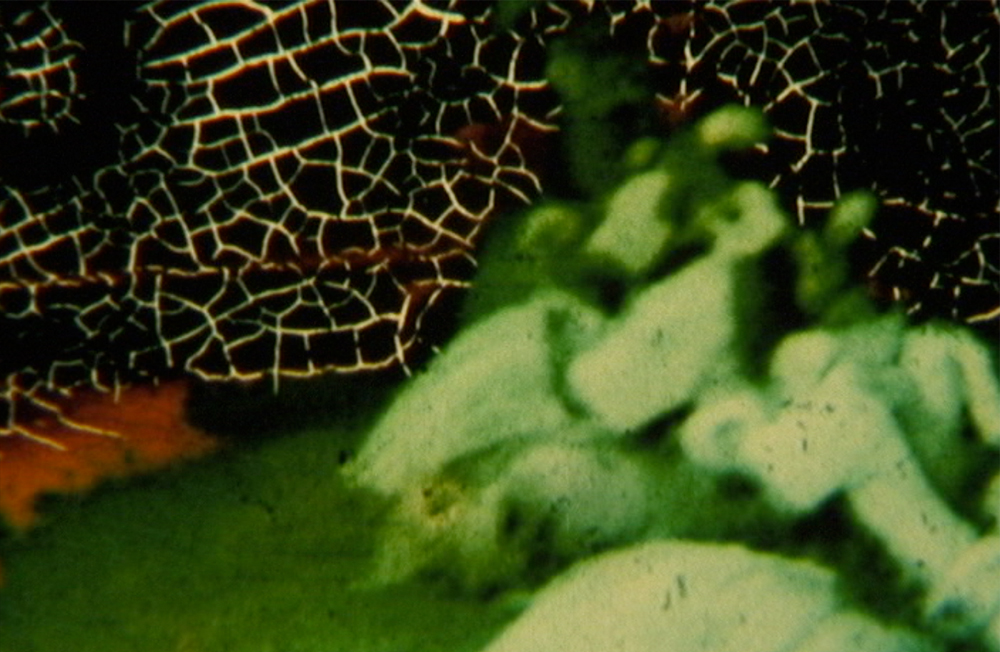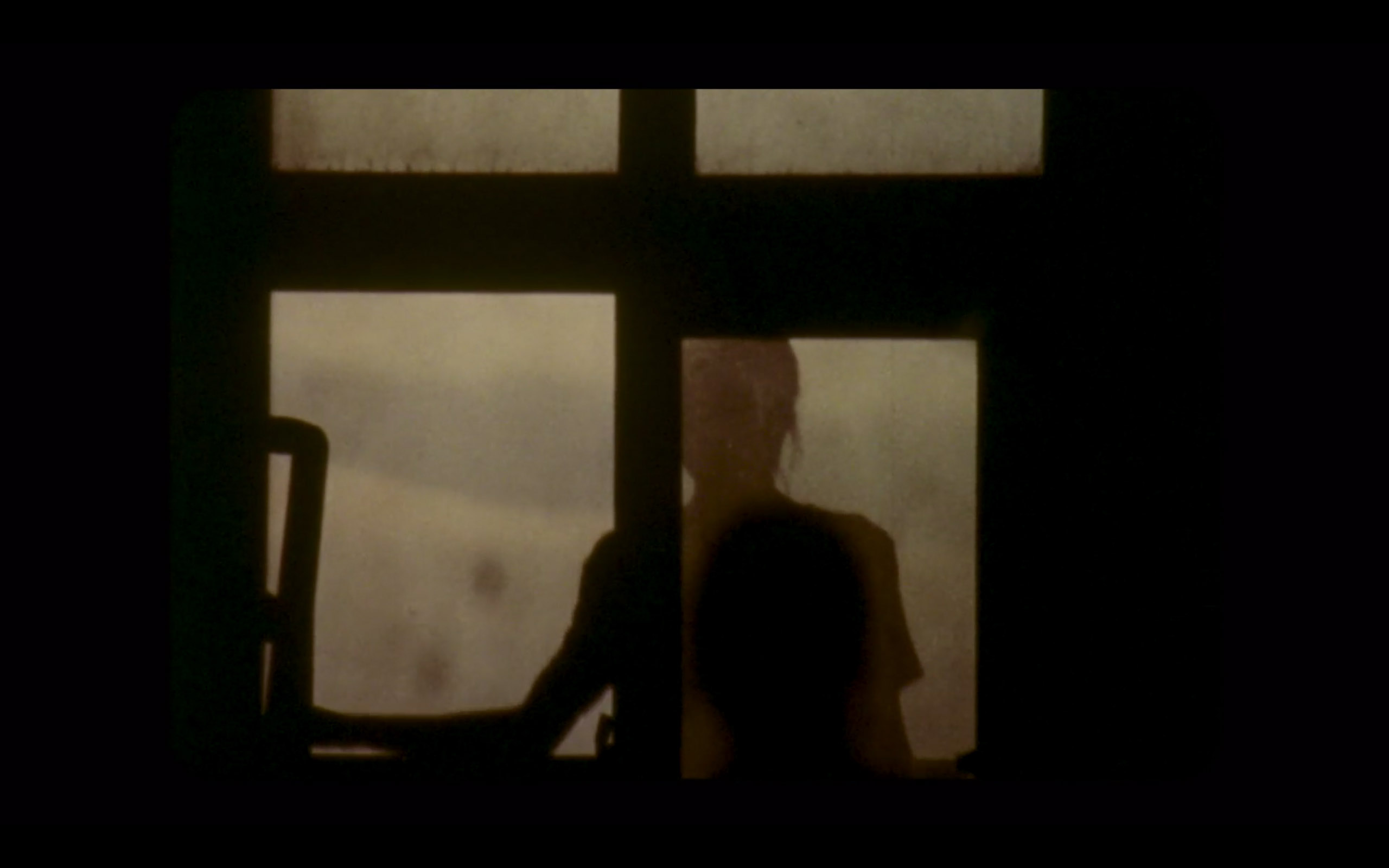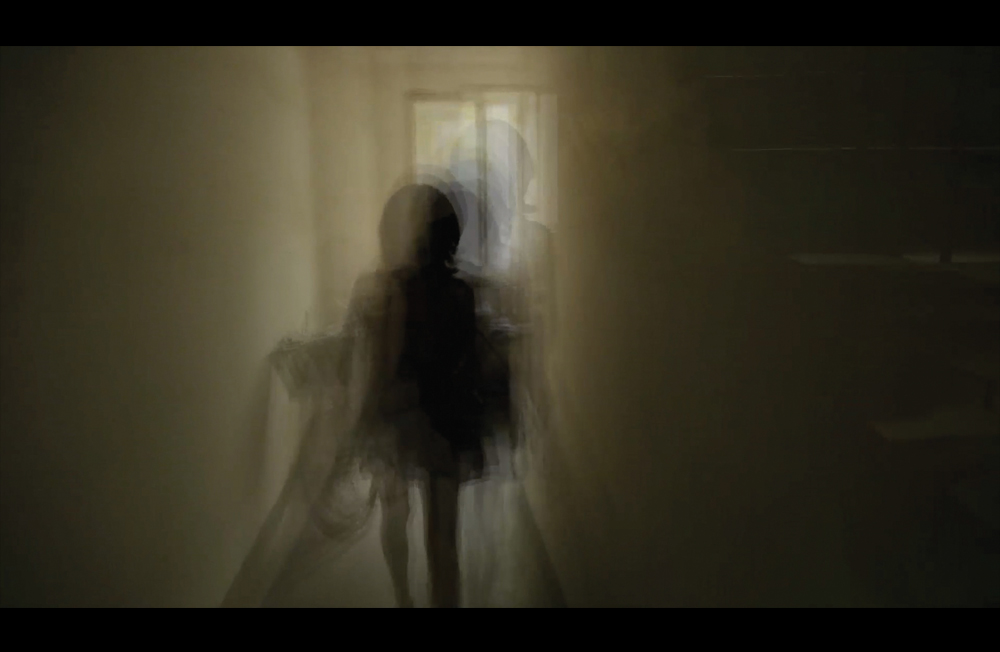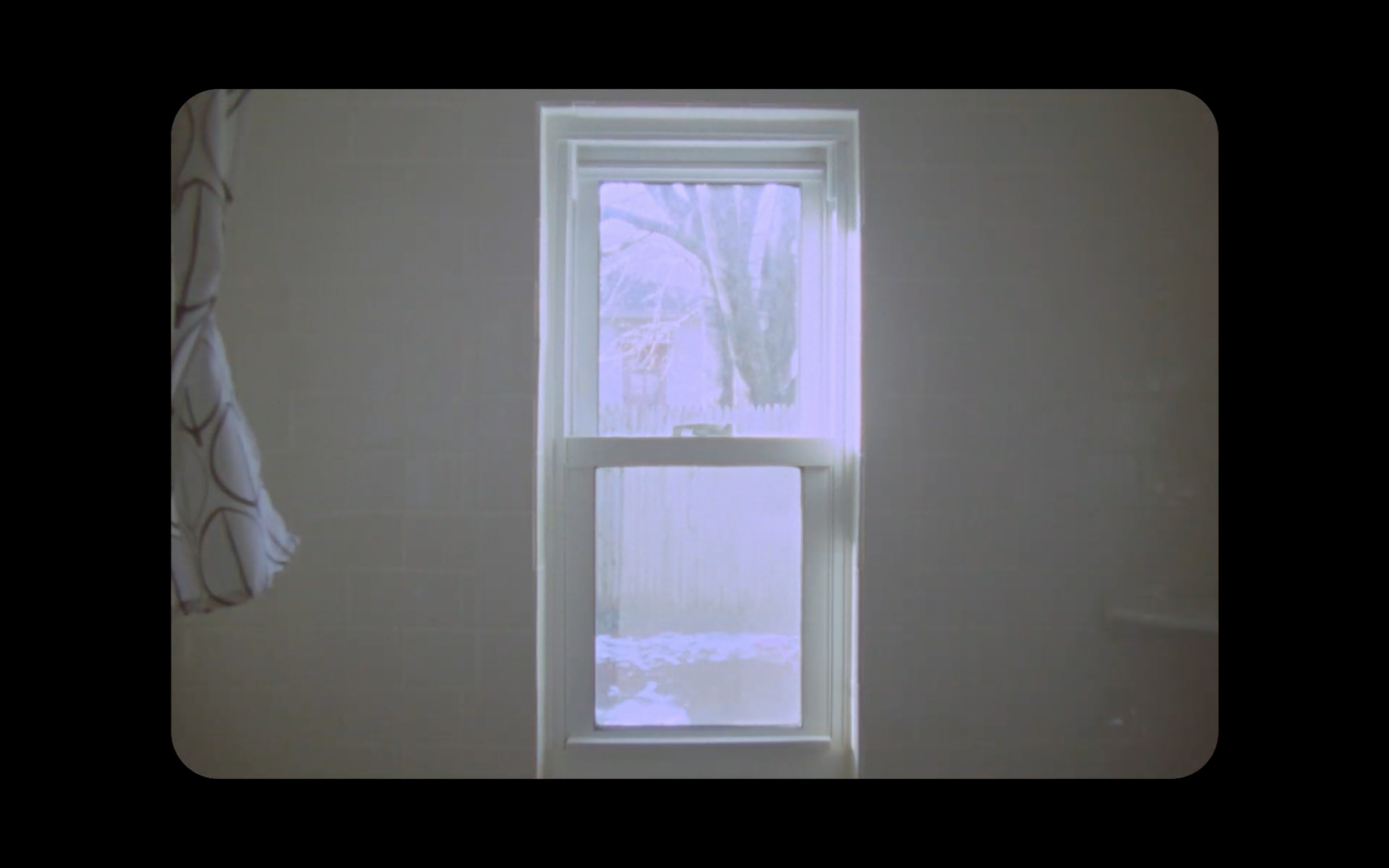Description
Solo Exhibition
RCM, the Museum of Classic Art
南視覺美術館
Nanjing, China
2019
Exhibition Fragments of Time Catalog
前言
文/ 曹恺
以“时间碎片”(Fragments of Time)作为总题来表述史文华的实验影像作品,在某种程度上呈现了实验电影的一个内质——通过一系列非常手段来改变影像的时间轴坐标因此造成时间的扭曲与变异, 从而产生一种运动图像在美学形态上二度生成的意义。在我早年的影像史述写作中,曾经揭示过一个历史事实真相,那就是“实验电影是中国电影史的一个缺项”。在当时史料收集尚不够充分的前提下,这一结论难免有武断的嫌疑,虽然之后近十五年的论证工作依旧可以证实其先验性.但是无论如何还是有许多非常的个案存在——譬如史文华在海外的实验电影工作。
在本世纪初, 实验电影对于中国电影与艺术领域来说还是一个神秘而陌生的名词,很少有人能接触到此类稀缺影像资源。而远渡重洋的史文华却在美国科罗纳多小石城意外邂逅了实验电影大师布拉克哈格(Stan Brakhage), 从而开启了他的实验影像学习与创作的大门。
我在论述到以胶片为原始媒材的实验影像艺术作品时,为其定义为“原教旨派”, 代表了电影媒介试验的初衷与传统。史文华就出自这一血缘正统的学派,在他早期的作品《无端》(Endless)中可以感受到此类电影炼金术的纯正表达。胶片媒介的运用几乎贯穿了史文华全部创作生涯,一直到他最近期的《铿锵玫瑰》依旧可以体验到这一古典美学力量的强大惯性。
作为一位具有华人身份的影像工作者,史文华在美国长期从事实验电影的教学与创作工作,是一位学者型艺术家。此次“时间碎片”个展是他自2005 年以来近十五年的作品精选,分别记录在胶片、磁带、数字摄影等多种媒介之上,呈现了他创作思考的不同侧面,譬如多屏幕的《十时间》(10 moments)所记录的数字时代的时间影像片断;利用闭路电视系统创作的《行者》(Walking Cycle),则展示的VHS 录像带美学传统;而作为一部光与影的诗歌,向多位实验电影大师致敬的三部曲《时间感》(Senses of Time)将胶片质感呈现的淋漓尽致。
德勒茲以识别(recognition),追忆(recollection),梦境(dream)这三个关键词建构了其“时间- 影像”的理论基础,而史文华的“时间碎片”系列作品在某种程度上可以说恰好是这一理论最好的图解。
Foreword
Text by Cao Kai
To some extent, taking "Fragments of Time" as the overarching theme for the exhibition of Shi Wenhua's experimental films presents one of the characteristics of experimental film, that is, to modify the time coordinates of the film in a series of special ways, which results in the distortion and variation of time, creating the meaning of moving image in its aesthetic form in the process of modification.
In my early writings on the history of film art, I revealed a historical fact, which is that “experimental film is a missing section in the history of Chinese film”. This conclusion may sound inevitably arbitrary as it is made under the premise that historical materials collected were insufficient. Although the work I had done in the past fifteen years can confirm the a priori of my finding, there are still many special cases, and Shi Wenhua 's work on experimental films produced overseas is one of them. At the beginning of this century, experimental film was still a mysterious and unfamiliar term for the Chinese community as very few people could have access to such scarce film resources. Nevertheless, Shi Wenhua encountered the experimental film master Stan Brakhage when he was studying abroad in Boulder, Colorado, in the United States, which opened the door to his study in experimental film and his own artistic creation.
In my examination of experimental film art, I defined those use of film as the original medium as “fundamentalism”, which represents the original intention and tradition of experiments on film as a media. Shi Wenhua belongs to this orthodox school. In his early work Endless, we can experience the expression of such cinematic alchemy. Shi has been using film throughout his creative career; even his most recent work The Roses can demonstrate the powerful inertia of this classical aesthetic power.
As a filmmaker of Chinese ethnicity, Shi Wenhua has been engaging in the teaching and creation of experimental film in the United States for a long time. He is a scholar-artist. The solo exhibition “Fragment of Time” features a selection of works created since 2005. They are recorded with various media such as film, tape and digital photography, presenting different aspects of his creative thinking. For instance, 10 moments displayed on multiscreen records the time video clips of the digital age; Walking Cycle created with a closed-circuit television system demonstrates the aesthetic tradition of VHS videotapes; and the trilogy Senses of Time as a poetry of light and shadow pays tribute to a number of experimental film masters, perfectly illustrating the texture of film.
Deleuze’s concept of the “time-image” is constructed around three key words: recognition, recollection, and dream. To a certain extent, Shi Wenhua's “Fragments of Time” series is exactly the best illustration of this theory.





